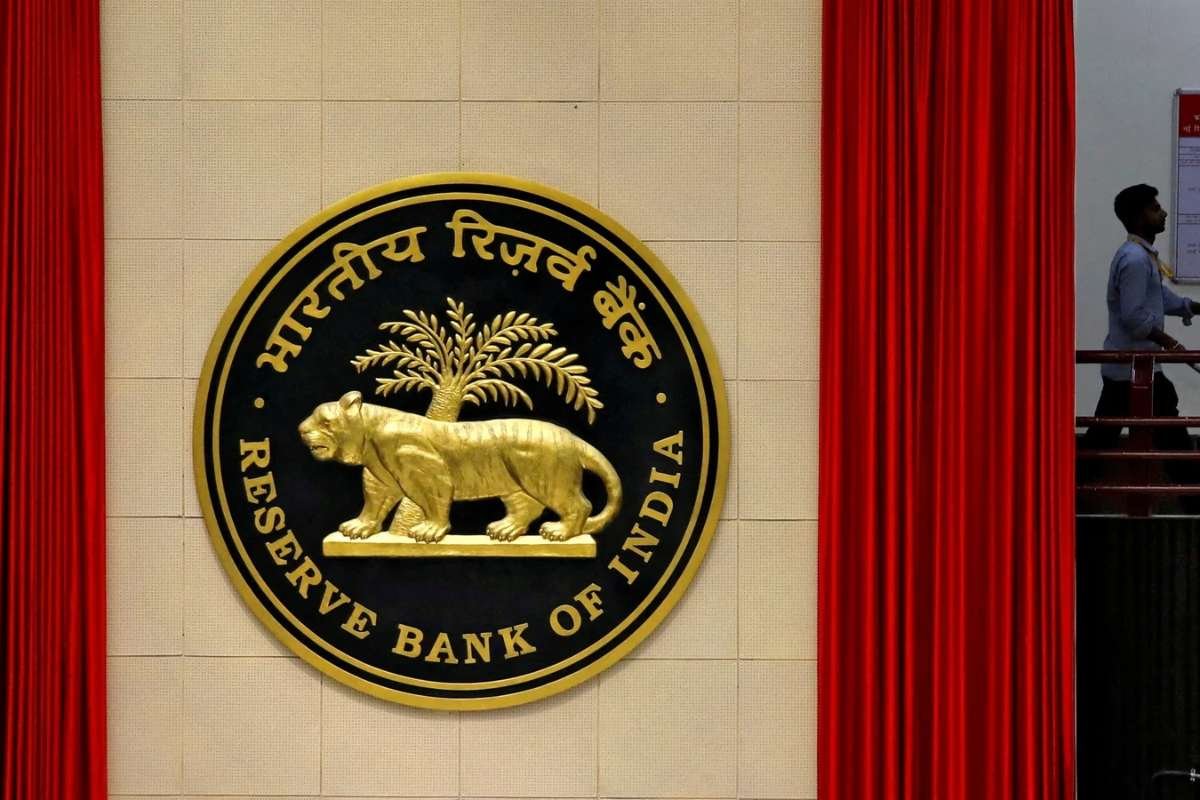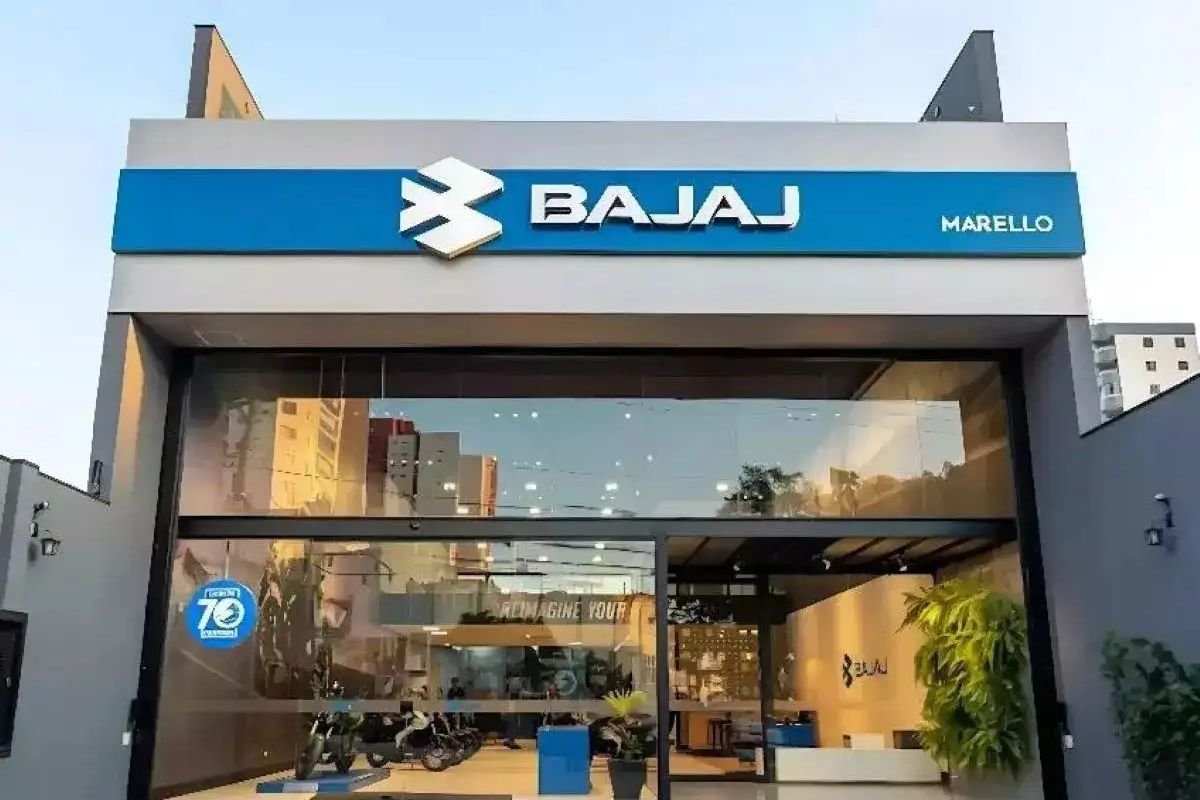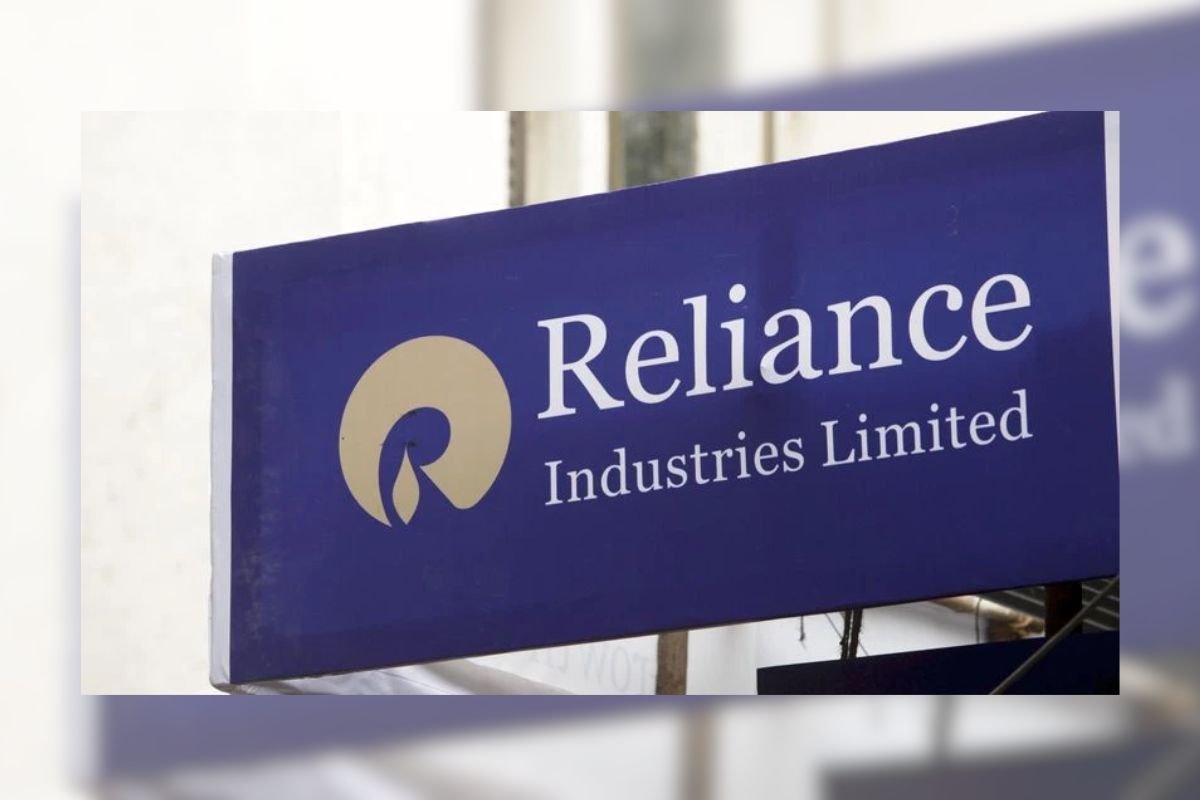The Reserve Bank of India’s Monetary Policy Committee (MPC) is widely expected to keep the RBI repo rate unchanged at 5.5% during its upcoming meeting from August 4 to 6, following a cumulative 100 basis point cut earlier this year. The likely pause comes as retail inflation falls to a six-year low and external uncertainties mount, including a hawkish U.S. Federal Reserve and strengthening U.S. dollar.
Inflation Down, Rate Likely to Stay
The RBI repo rate has remained at 5.5% since June, when the MPC delivered a surprise 50-basis-point cut, its third in 2025. Inflation, measured by the Consumer Price Index (CPI), dropped to 2.1% in June, well below the RBI’s 4% target for the fifth consecutive month. Despite these favorable conditions, economists anticipate a cautious approach from the central bank in light of global headwinds and ongoing transmission of previous rate cuts.
RBI’s Recent Policy Moves
The RBI began cutting RBI repo rate in February 2025, initiating a 25 bps cut, followed by another in April, and a larger move in June, bringing the total to 100 bps. The policy stance also shifted from “accommodative” to “neutral” in June, signaling the RBI’s intent to balance growth concerns with inflation management.
“With the RBI having already frontloaded rate cuts and ensured ample liquidity, the MPC may prefer to pause for now and assess how the macroeconomic landscape evolves,” said CareEdge Ratings.
Global Risks Temper Easing
The RBI’s decision on the RBI repo rate is influenced not only by domestic factors but also by external risks, such as a more aggressive stance by the U.S. Federal Reserve, ongoing geopolitical tensions, and currency pressures. A stronger dollar could fuel capital outflows from emerging markets and put downward pressure on the rupee, limiting the RBI’s room for further cuts.
“External volatility and currency concerns are likely to keep the MPC cautious this time,” said Kaushik Das, Chief Economist, Deutsche Bank India.
Mixed Views from Analysts
While many economists favor a hold, some argue for continued easing.
“Inflation has decisively eased. Maintaining a restrictive stance risks longer-term damage to output. A 25 bps cut would still be appropriate,” said Soumya Kanti Ghosh, Group Chief Economic Advisor, SBI.
Others expect the RBI to strike a dovish but watchful tone, reserving future action based on evolving economic indicators.
Forecast Revisions Expected
The RBI may revise its FY26 inflation forecast from 3.7% to around 3.5% but is likely to retain its real GDP growth estimate at 6.5%. Retail inflation’s sharp decline in recent months could justify the downward revision, but experts note that the shift will likely be marginal.
Impact on Borrowers
If the repo rate remains steady, loans linked to external benchmark lending rates (EBLR) will not change. However, MCLR-linked loan rates could still see adjustments depending on how banks respond to liquidity and funding cost conditions.
By holding the RBI repo rate steady, the RBI aims to monitor the full effect of previous cuts while guarding against external shocks. The August meeting is expected to reflect a pause, not a pivot, with the central bank preserving its flexibility to respond to future inflation or growth fluctuations.
Visit Business Viewpoint Magazine to read more.
Source:






